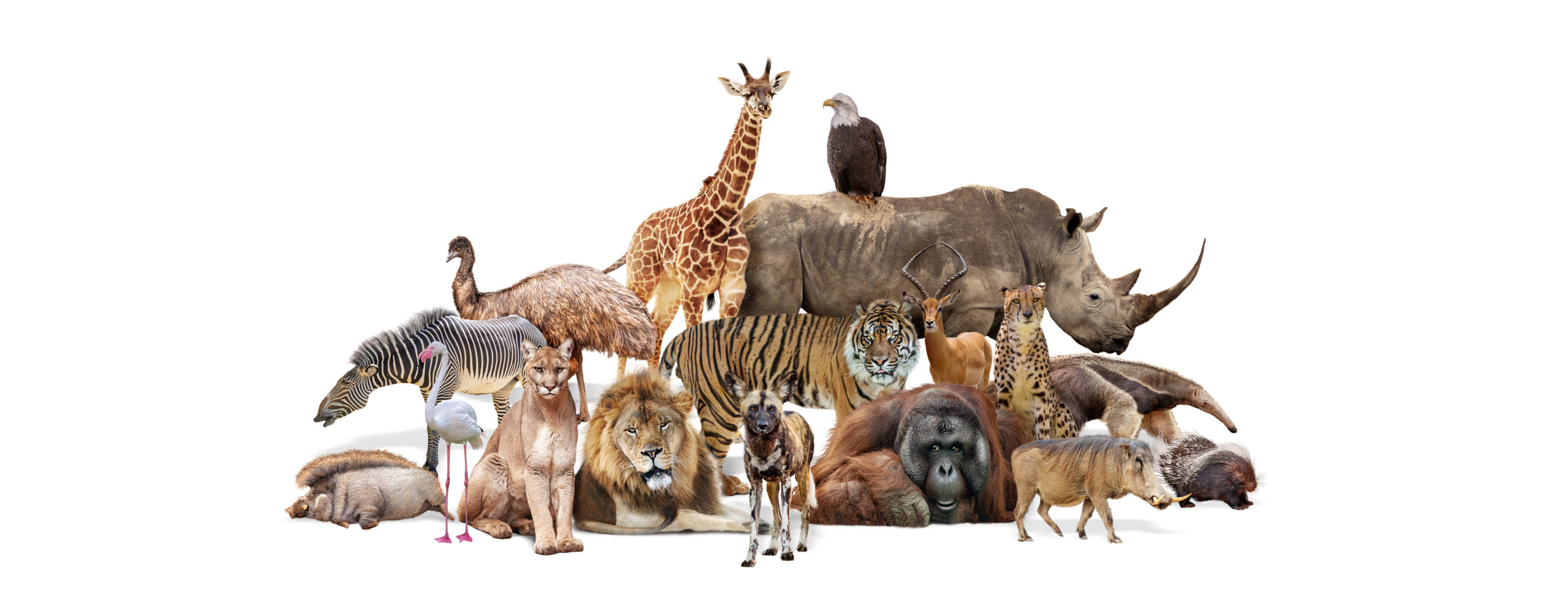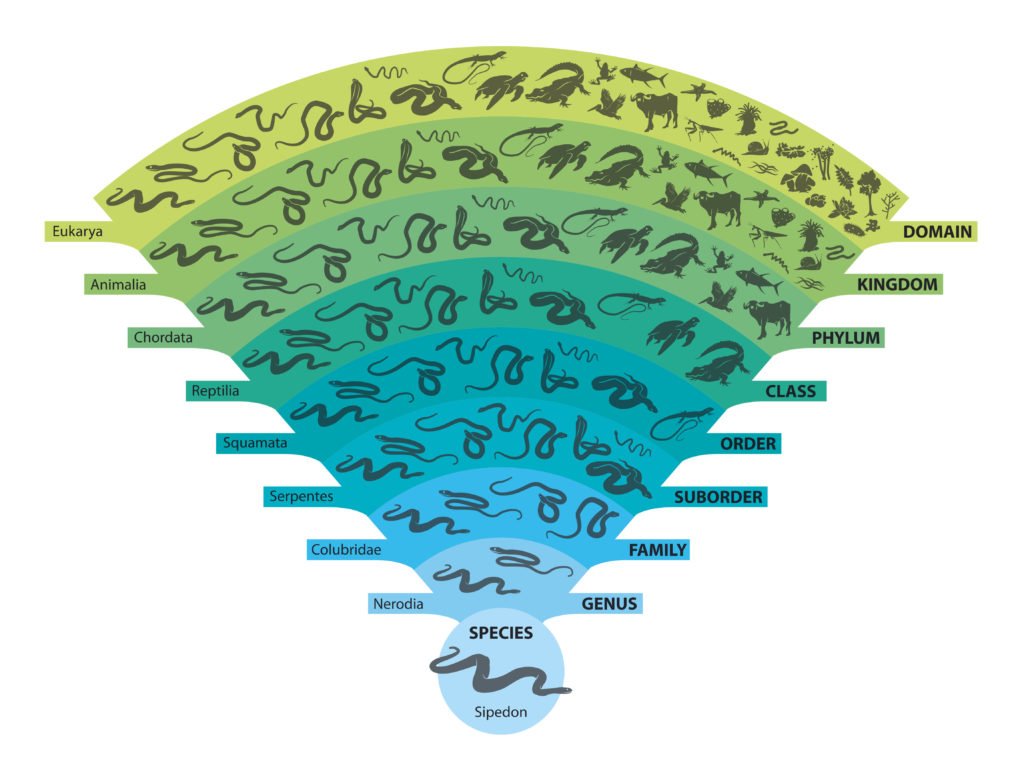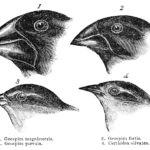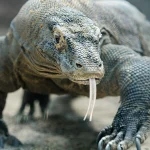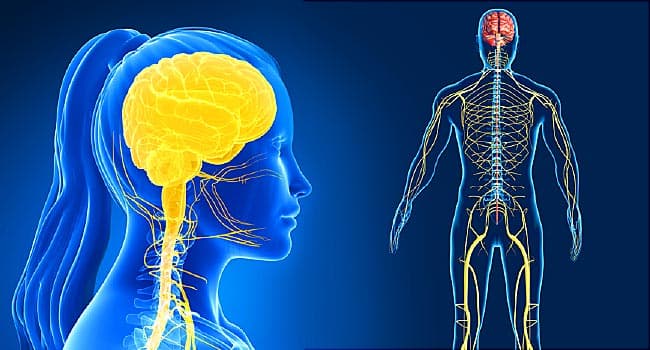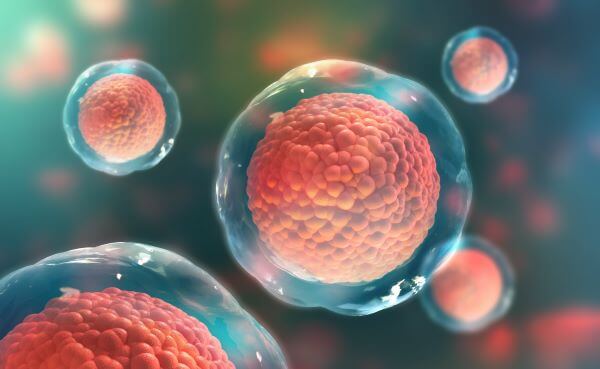The Phylum Chordata is a group of animals that have a backbone or a notochord. This means they have a long, flexible rod-like structure running the length of their body that provides support and helps protect their spinal cord. Another word for chordates is vertebrates.
Chordates can be found in many different shapes and sizes, but all have certain features in common, including a spinal column, a notochord, and a nerve cord that runs along the back. Some chordates also have gills for breathing, fins for swimming, or wings for flying.
There are five main classes of chordates: fish, amphibians, reptiles, birds, and mammals.
Fish are the first class of chordates. They live in water and use fins to swim. Fish also have gills to help them breathe underwater. Examples of fish include salmon, goldfish, and sharks.
Amphibians are the next class of chordates. They can live in both water and on land. Amphibians have moist skin, which helps them breathe, and lay their eggs in water. Examples of amphibians are frogs, toads, and salamanders.
Reptiles are the third class of chordates. They have scaly skin and lay their eggs on land. Reptiles are well-adapted to living in hot, dry environments and some species, such as snakes and lizards, are able to go for long periods without drinking water. Examples of reptiles are snakes, lizards, and turtles.
Birds are the fourth class of chordates. They have feathers and can fly. Birds have a lightweight, bony skeleton and a strong, large breastbone to support their powerful wing muscles. Examples of birds are chickens, eagles, and penguins.
Mammals are the fifth and final class of chordates. They have hair on their bodies and feed their young with milk. Mammals are warm-blooded and have specialized teeth for chewing their food. Examples of mammals are humans, dogs, and cats.
In conclusion, the Phylum Chordata is a diverse group of animals that all have a backbone or a notochord. This group includes five classes of animals: fish, amphibians, reptiles, birds, and mammals. Each class has its own unique features and characteristics, but all share a common ancestry and the basic structure of a backbone or notochord. Understanding the differences between these classes of chordates can help us appreciate the diversity and complexity of life on our planet.
